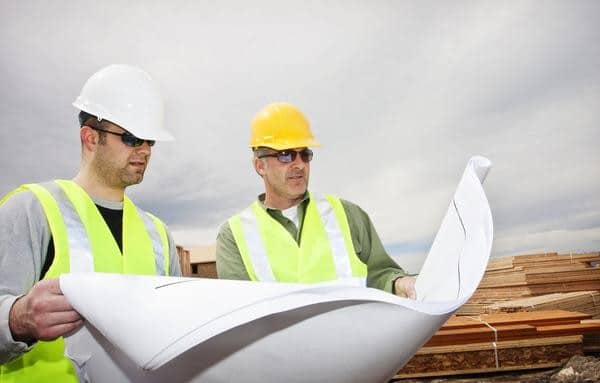SPECIFICATION GENERATOR
Find out which low impact materials are right for your building project.
The key people during your sustainable building project
The key people during your sustainable building project
Which experts do I need to get involved?

Before you start getting anyone involved speak to as many other people that have built similar buildings as possible. Find out what was easy, what was difficult, who helped, who hindered and how they built their home. You’ll need to guide the design process and becoming an expert in what you like and don’t like will give everyone a clear idea of what you want.
Once you have this montage of information you can start talking to an RIBA chartered architect about your requirements, how you want to use the building, what materials you might use and what features you might include. Make sure you feel comfortable with them personally and that their idea of design matches your expectations. Your architect will be fundamental to the design process so it is important they they understand your needs and aims before any designs are started.
Your architect should be able to give advice on shape, form, glazing ratios and, most importantly, what will work from a cost and practicality point of view.
Once you have a basic design outlined it is worth getting information from Structural engineers, mechanical and electrical engineers and information from specialist suppliers. Your architect should be able to guide you through this.
Finally, I would always recommend you keep your architect on board to get you the initial Building Control sign off but also to sign off each stage of the construction and the final sign off. There will invariably be details for which there are no drawings or need reconsidering and without input from the architect you run the risk of expensive errors.
If you’ve not built a home before, using a Project Manager could be useful. On the face of it they seem to cost a lot of money but over the course of the build it is easy for the inexperienced to waste more than this cost in errors or poor planning.
Should I use a contractor?
This depends on your abilities as a builder. If this is something you’ve done before and you can afford to take most of a year off to get your home complete then its a very satisfying project to complete. The great thing about many sustainable systems is that their simplicity means that self-builder’s with only modest experience can install them and it may only be specialist areas such as plastering/rendering that you need a contractor for.
If you’re abilities and experience of construction are limited then it may be best to use contractors for some or all of the project. This is likely to save time and money and usually stress.
If you’re going to use a contractor, choose them carefully. Find one that is either familiar with the systems you’ve chosen or one that understands what you’re trying to achieve and is willing to learn about new systems. Try and steer clear of those who are used to ‘traditional’ methods of construction and struggle to understand why you are not using them to build your new home.
When should I use a builders’ merchant?

Ordinary Builder’s Merchants are fine for the basics but don’t expect to get much technical help from them, they tend to leave that to manufacturers. They can be useful to help with cash flow as you can normally set up an account with them with 30 days credit.
There are various specialist merchants who deal with fewer products, such as insulation or windows, but can offer the kind of technical and practical support that you need for your individual project. These companies are often very valuable as they have experience and insight that you don’t get from installation manuals so make contact with them early on. This will help ensure they have all the materials you need when you need them and also give you a chance to glean any practical tips for installing their systems.
WHAT’S NEXT?
If you want to find out more about how to effectively manage your sustainable building project, check out The Self-Build Series. This series of guides has been put together to you understand sustainable construction. We hope you find them useful!